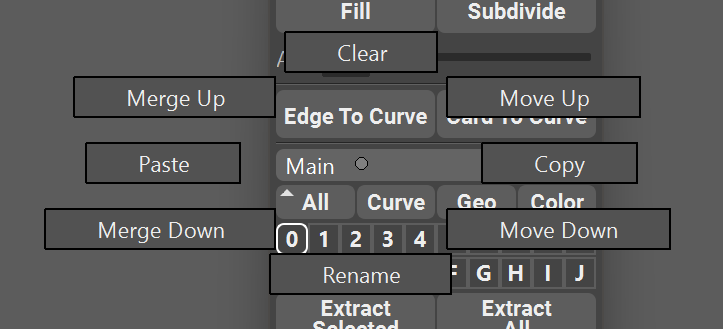Layer Collections
Intro
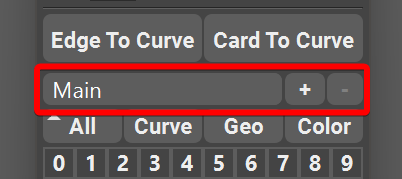
Layer collections offer an efficient way of organizing a project. They allow users to divide the workspace not only into distinct layers but also to have designated collections of these layers, each with a unique name. This feature can prove especially useful in projects comprising of multiple working zones, such as hair, brows, beard, accessories, or complex groom parts like big braids etc.
In addition to providing organization capabilities, layer collections come with added functionality. Users can import content to a designated layer and utilize the auto-hide feature.

Layer collections widget can be found right above the layers widget and can be hidden in the options if not used.
Layer collections widget consists of a drop-down mend two buttons (plus and minus) on the right. User can also enter a marking menu by hovering over the drop-down menu and holding RMB. Marking menu holds all the additional functions for the layer collections.
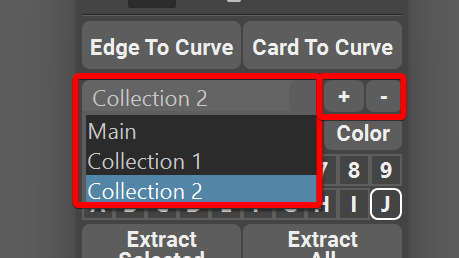
Collections can be switched using either a drop-down menu, or by scrolling with a mouse wheel over the layer collections drop-down menu.
Note
By default only one “Main” collection exists in the scene. This collection cannot be renamed or deleted and is the collection that is used when layer collections are disabled.
Creating and Deleting Collections

User can create a new collection by pressing a [+] button near the drop-down menu.
Pressing this button will open a collection naming dialog where user can choose the name of the new collections.
If the name already exists, user will be promoted to change the name to a unique one.
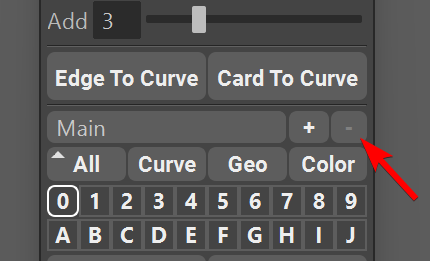
When selected collection is not the Main collection user can delete this collection by pressing [-] button on the right side of the drop-down menu.
Note
Deleting the collection will automatically transfer all the curves from that collection to the one right above it in the list. Curves will not be deleted if the layer collection is deleted.
Importing Into a New Collection
By default, imported curves (using Options⇨Import Curves) will now go to a new collection called “Imported Curves”.

This behavior can be changed in the options by unchecking the “Import Into a New Collection” checkbox.
Note
If layer collections are disabled in the options, imported curves will be merged into the “Main” collection.
Auto-hide Curves on Inactive Collections
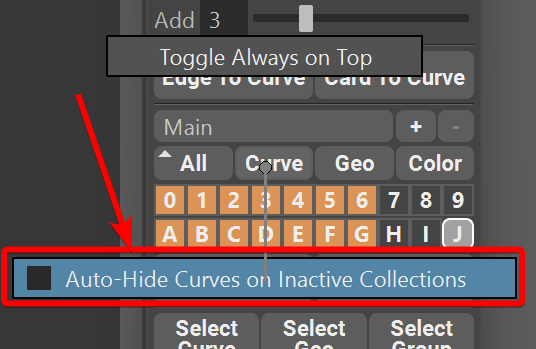
When using layer collections it might be beneficial to hide the curves that are not in the current collection.
This is exactly what Auto-hide Curves on Inactive Collections does. To access this option just hover over Curve Filter, hold RMB and check the checkbox.
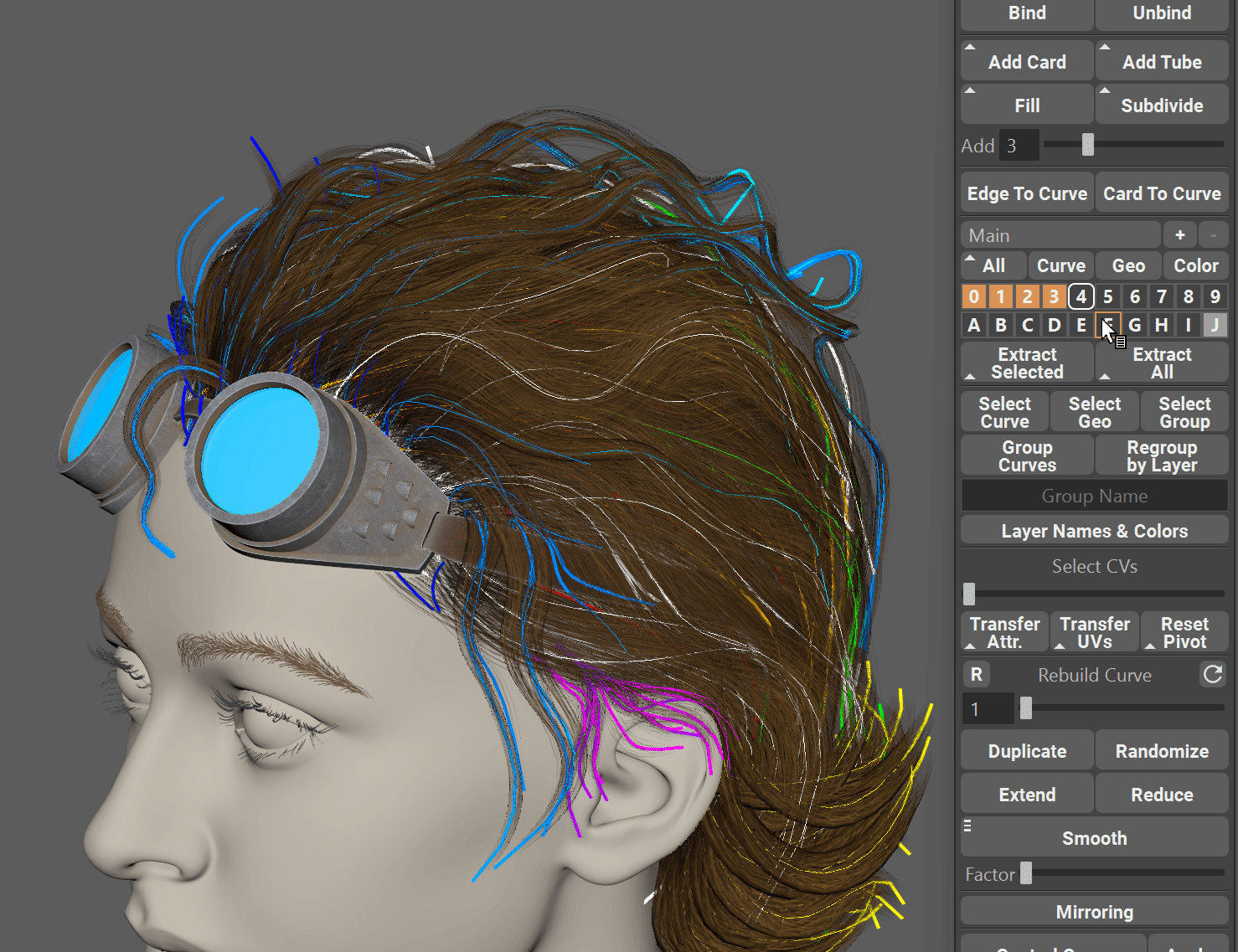
Now, when you switch the collection using collections drop-down it will automatically hide all the curves that are not in the current collection.
